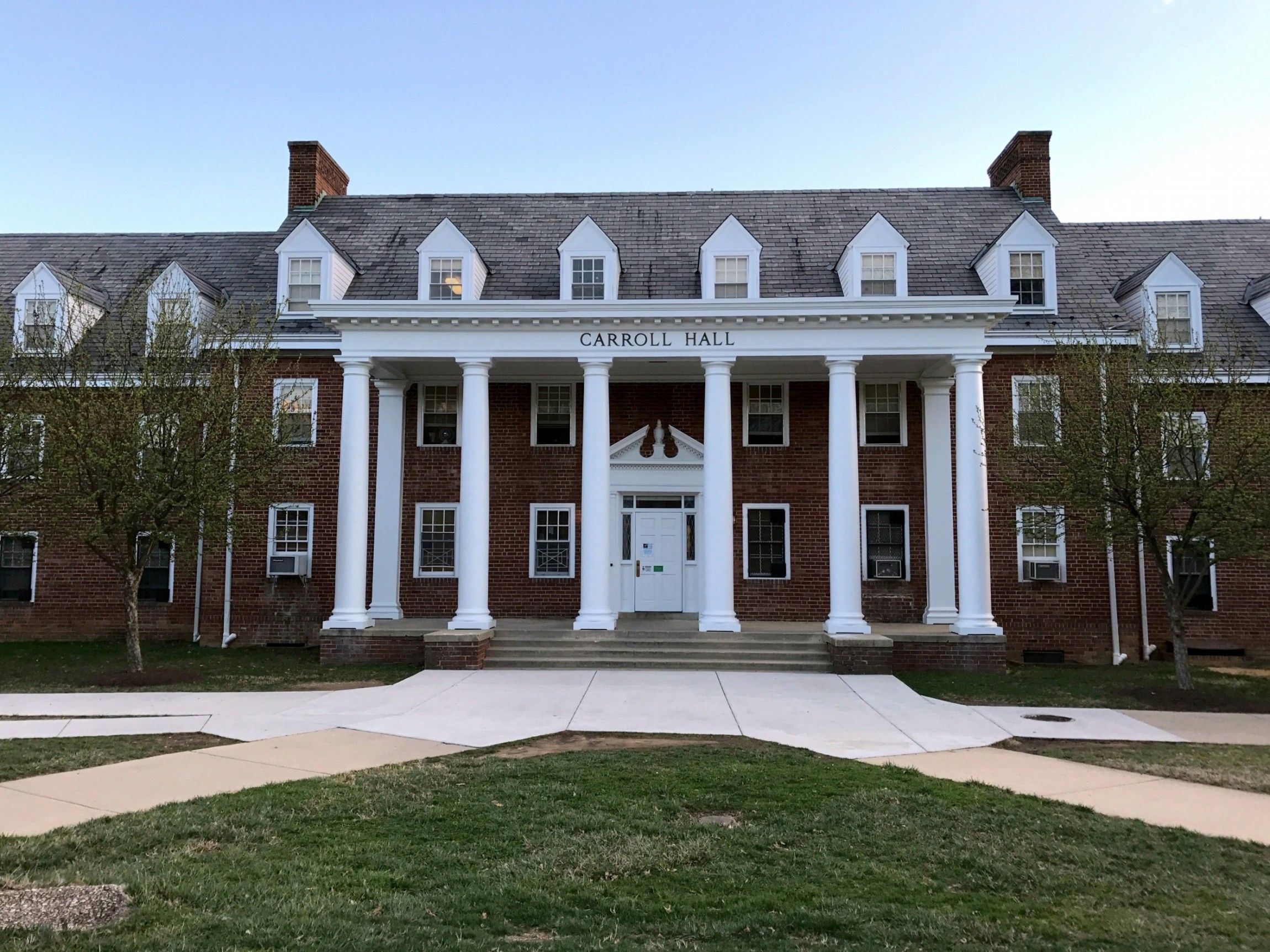Views expressed in opinion columns are the author’s own.
In a recent email, the Department of Resident Life let students know the University of Maryland is offering some “exciting housing options” next year. Specifically, it’s adding more single rooms and expanding its substance-free housing program.
In the context of this past fall’s housing situation, it at first struck me as counterproductive to reduce the campus capacity number by converting all the doubles in Carroll, Caroline and Wicomico halls to singles. The caveat to living in one of these rooms, which are marketed as “new” and “premium,” is that they will be in a few of the oldest and the least desirable dorms on campus.
Caroline, Carroll and Wicomico opened in 1954 and have vinyl asbestos tiles for flooring and asbestos insulation on “many but not all pipes.” Many students have shared the sentiment of these particular halls being infamously awful. Take it with a grain of salt, but even a quick Google search of “Wicomico Hall” brings up a slew of complaints about the decrepit building. It seems like this is more of a marketing ploy to make students tolerate the old halls before they’re demolished next summer than it is a benefit to students.
The options for next year’s substance-free housing aren’t any more appealing. In addition to Carroll Hall, the program will be available on the first floors of Elkton, Chestertown and Bel Air halls and the eighth floor of Ellicott Hall. Of these, only Bel Air and Elkton have air conditioning, and all five dorms have varying amounts of asbestos and lead.
The program, which arrived in Carroll Hall in 2017, allows students to opt into a substance-free living community with stricter policy enforcement and community accountability. It’s a great option for students who do not want to live in traditional dorms for religious, cultural or personal reasons. For other students, substance-free housing just means having a quieter place to live and study.
According to a 2015 Resident Life survey, 18 percent of campus residents have indicated they would be interested in substance-free housing. With such high potential interest, there should be a better selection of housing options for students who want a substance-free living community but also want a nicer dorm (or even just air conditioning).
To the university’s credit, at least it seems like it’s trying. This academic year has been plagued with housing issues, including extreme heat, mold, overcrowding and water outages. With nearly 12,500 students in university housing this past fall, there are a lot of people, facilities and problems to monitor. However, with dorms costing students up to $10,000 per year, it’s the university’s responsibility to do so.
It’s a decent start, but don’t pretend it’s anything more than that. Next year’s housing options would be way more “exciting” if dorms were actually a nice place to live.
Alyssa McKinney is a sophomore electrical engineering major. She can be reached at alyssa.cmck@gmail.com.



